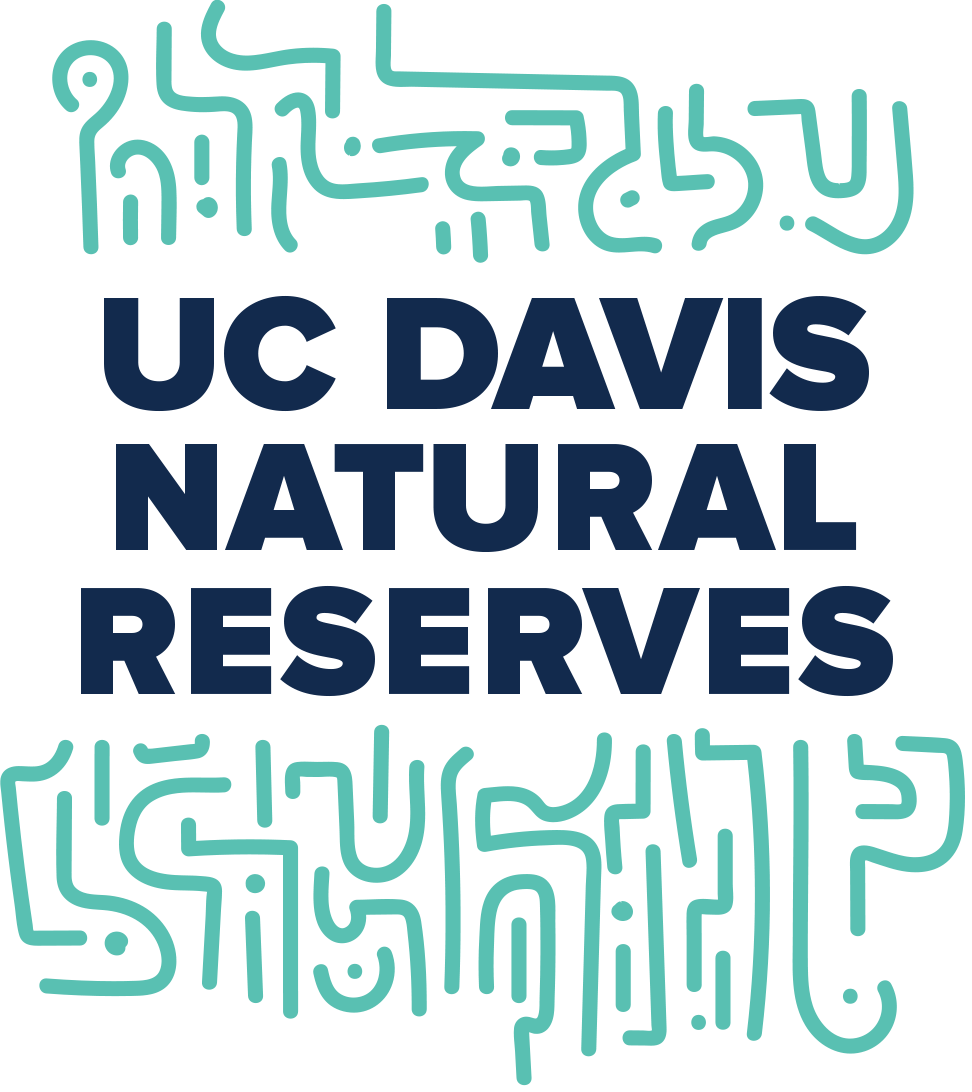The information in this Natural History section is a summary of the more detailed and extensive content of the Jepson Prairie Preserve Handbook. This handbook can be purchased from the California Native Plant Society, or in person from docents if you attend a Jepson Prairie tour.
Introduction
Jepson Prairie Preserve is one of California’s best remaining examples of claypan vernal pools and bunchgrass prairie. These habitats were once more widespread in the great central valley, but most have been converted to agriculture and development. Jepson Prairie was acquired by The Nature Conservancy in 1980 to protect this increasingly scarce remnant of California landscape. In 1997 it was transferred to the Solano Land Trust to place continuing land management responsibilities in local hands. Research and educational use has been administered through the University of California, Davis, Natural Reserve System since 1983.
Vernal pools are temporary bodies of water. They form where an impermeable layer prevents rainwater from percolating downward though the soil. Depressions in this landscape form shallow seasonal pools. The pools dry completely in summer. Many animals and plants have evolved unique strategies to deal with the annual extremes of flood and drought. Due to scarcity of this habitat, a number of Jepson Prairie’s vernal pool species are listed under the federal or state Endangered Species Act. The mounds and other slightly more elevated areas of the Preserve contain bunchgrass prairie. Purple Needlegrass, Bluegrass and Melic Grass are among the native perennial species which form extensive stands at Jepson Prairie.
We encourage and invite you to share our appreciation of this precious remnant of historic California.

